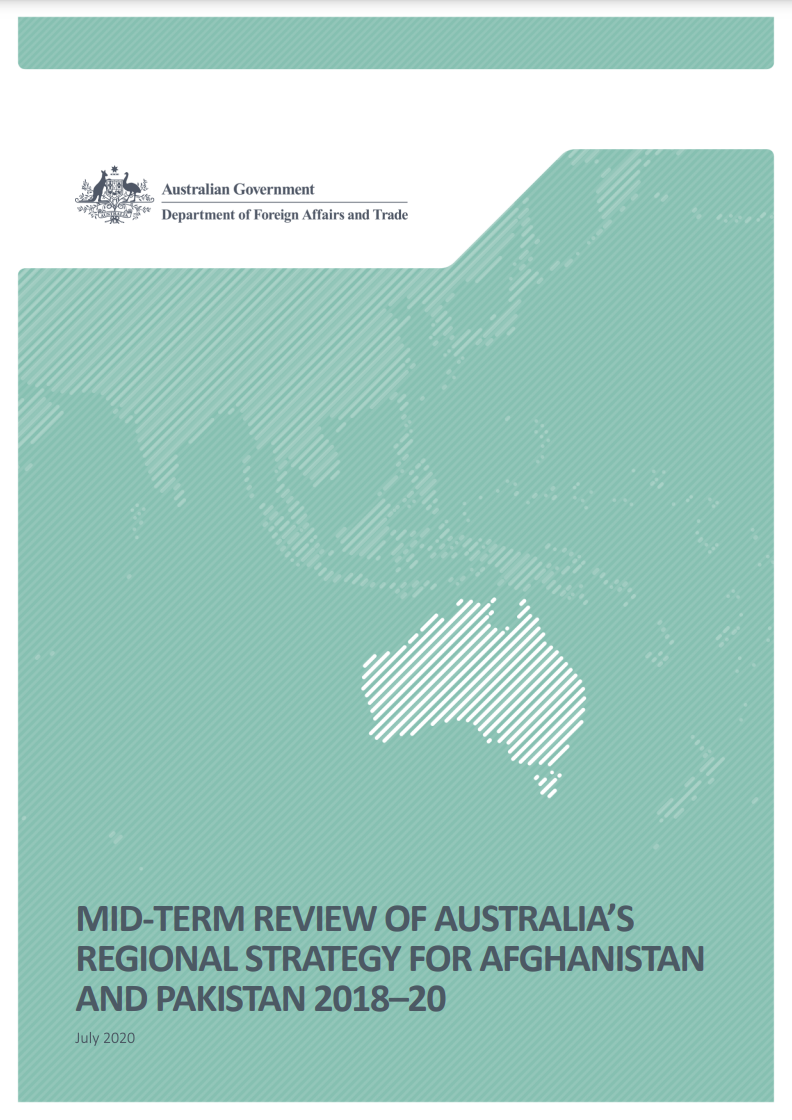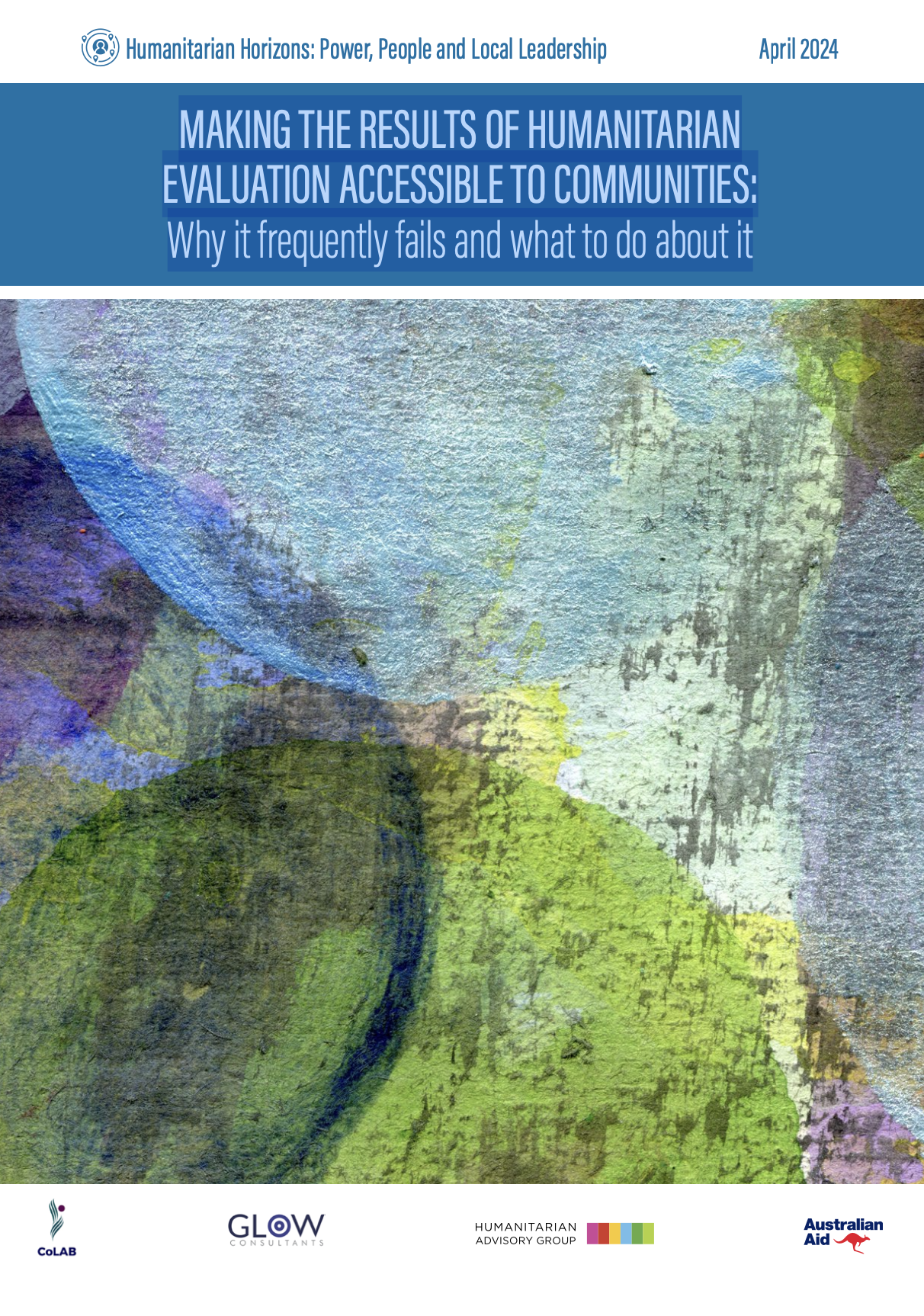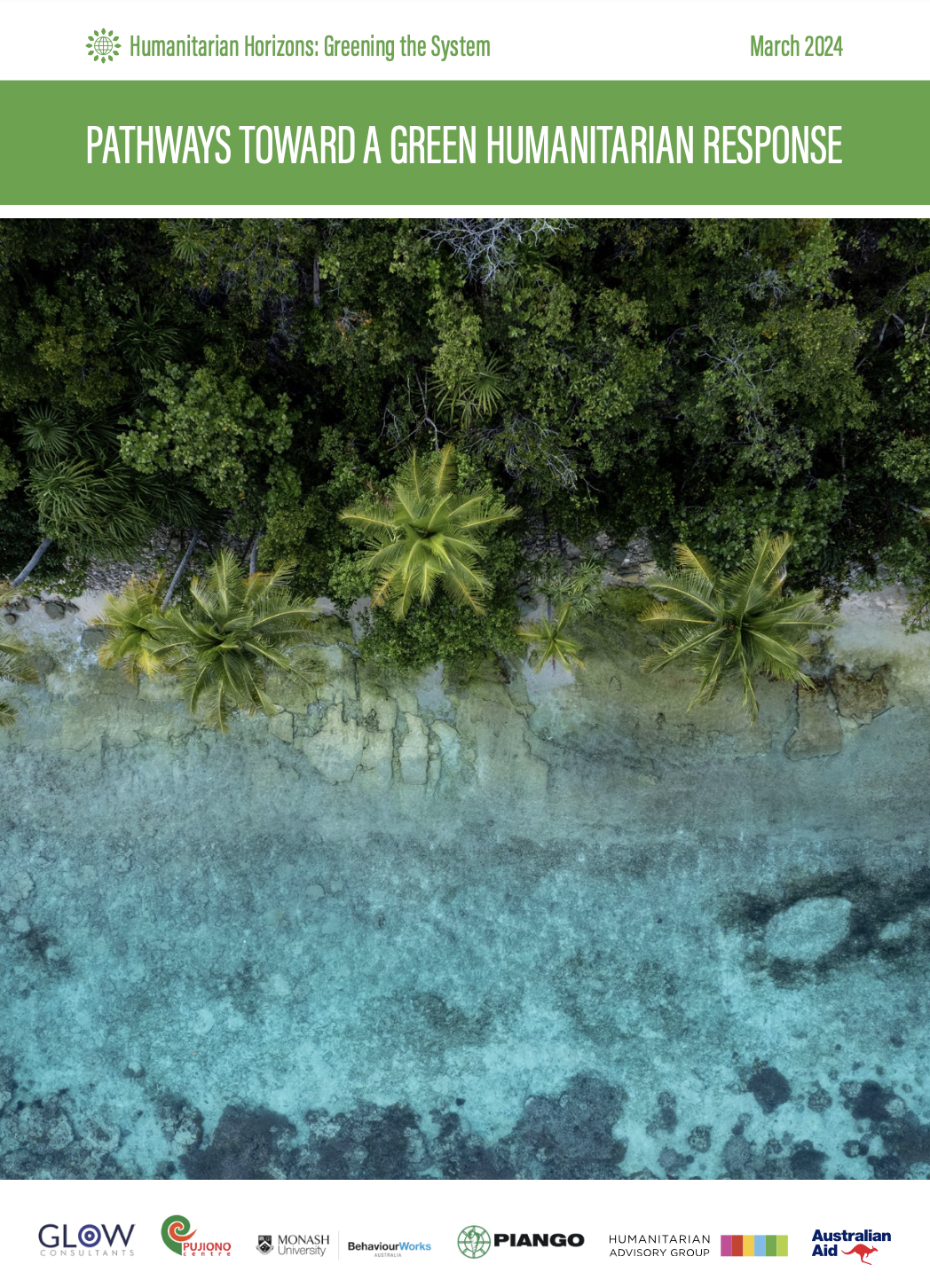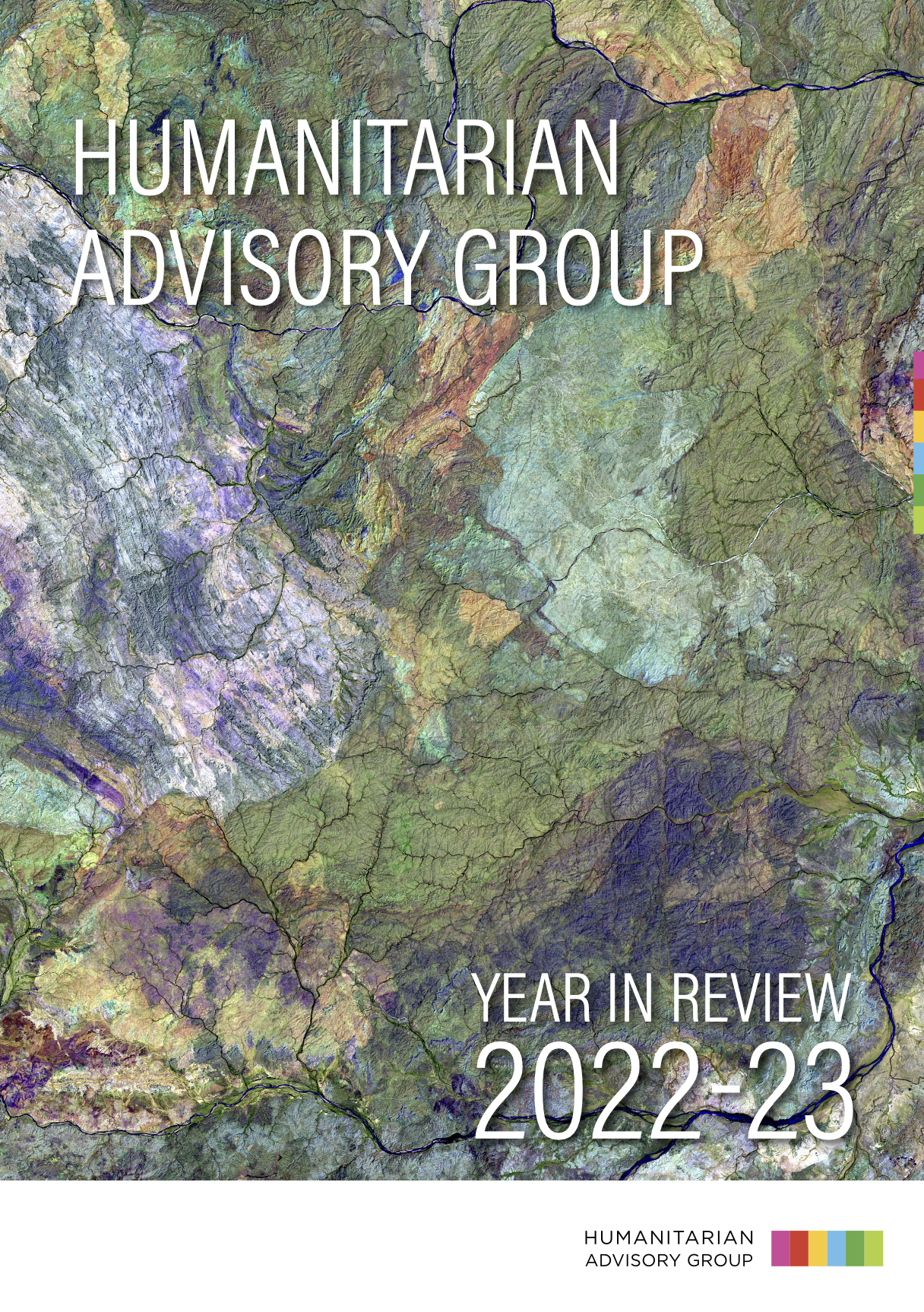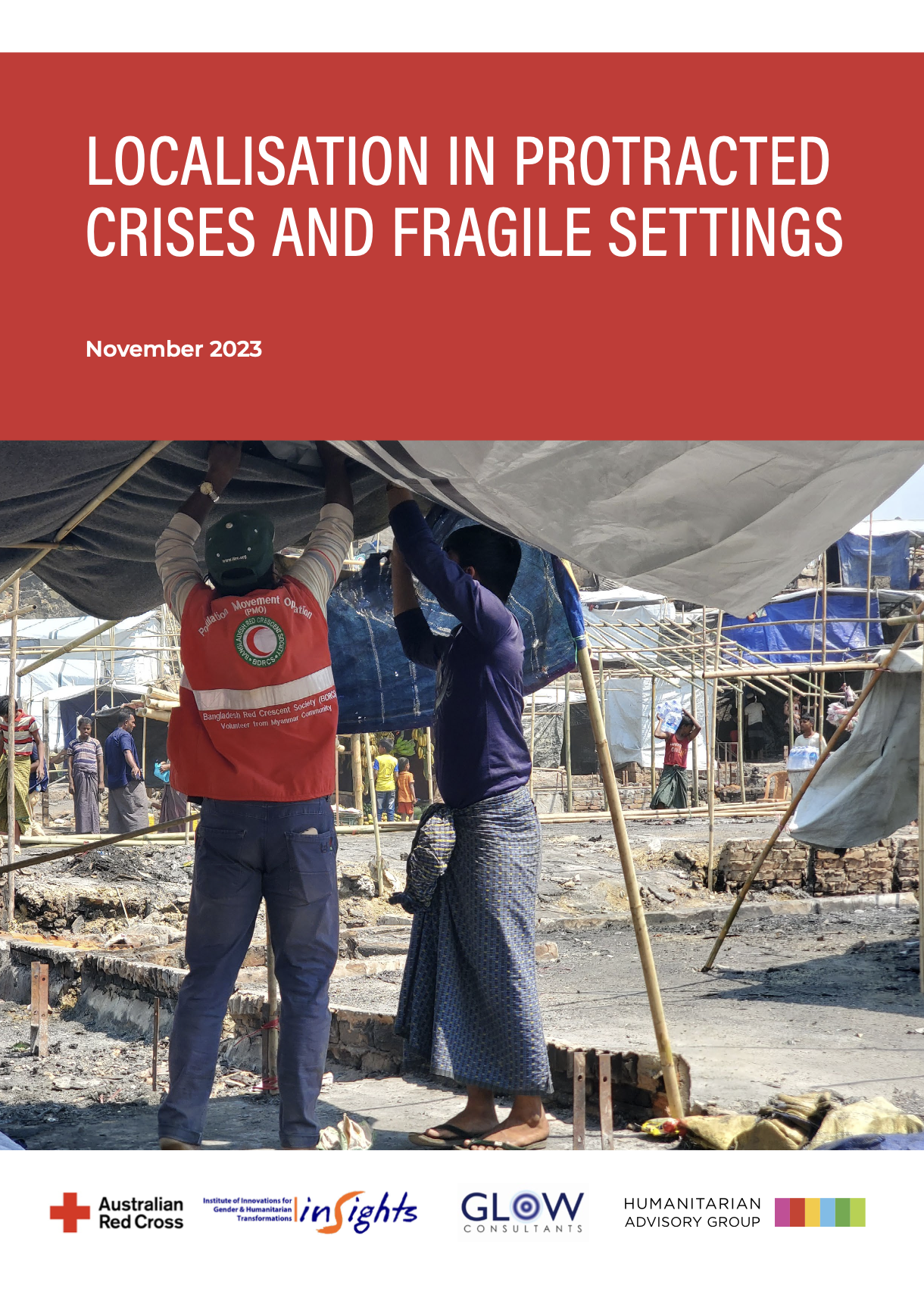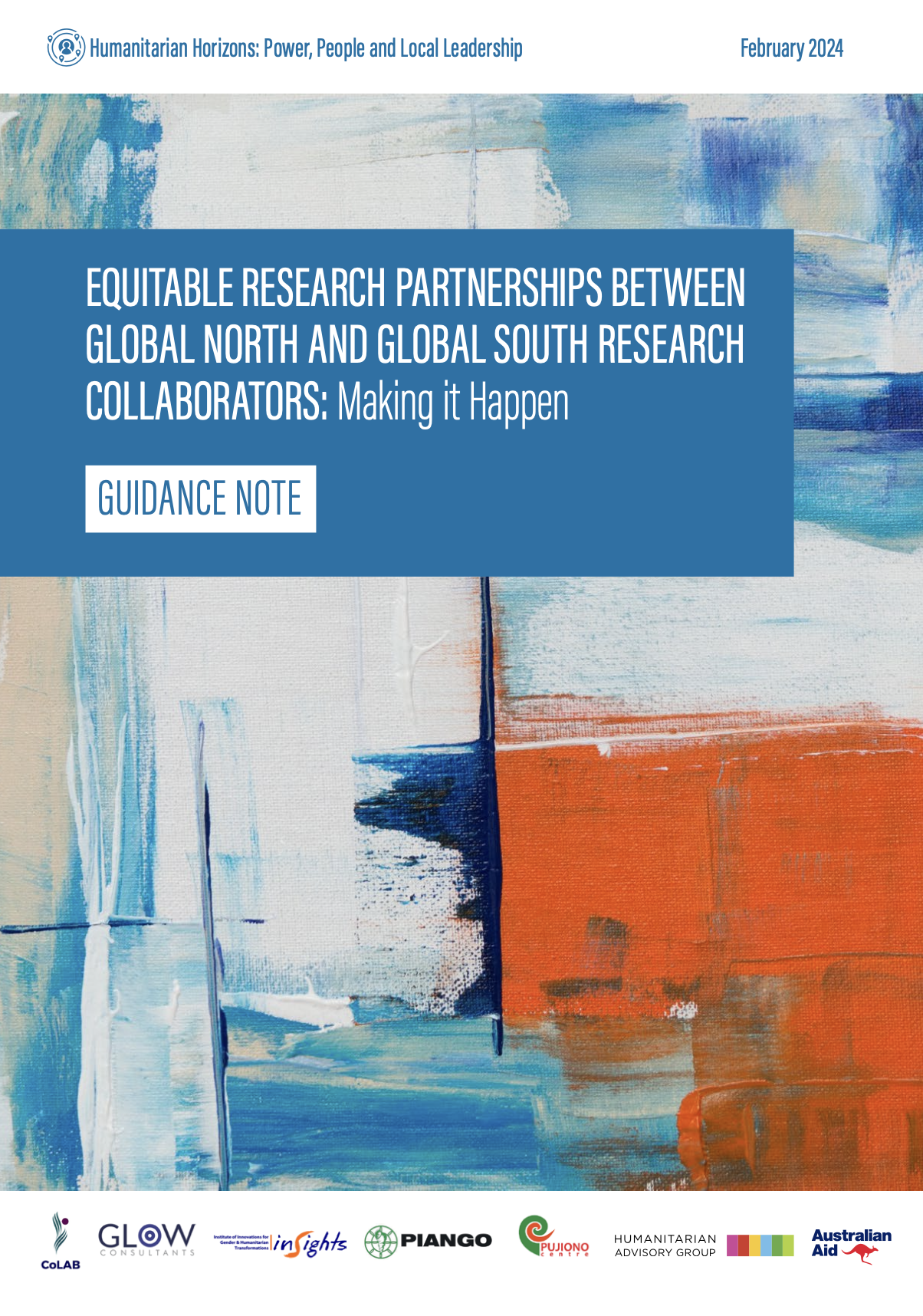The crisis in Afghanistan is currently ranked the third most severe worldwide, 1 with its refugee situation being the world’s largest protracted humanitarian crisis. 2 In Pakistan, ACAPS estimates 50 million people have been affected by various crises, 3 including approximately 2.6 million Afghans who remain in Pakistan.4 Australia has been a long-term donor to Afghanistan and Pakistan. Consistent with the Government’s 2017 Foreign Policy White Paper, Australia has major security, political and humanitarian interests in finding solutions to, and mitigating the impacts of, the protracted humanitarian crises in Afghanistan and Pakistan.
Australia has provided AUD72 million in humanitarian assistance as part of its Regional Strategy for Afghanistan and Pakistan 2018–20 (herein referred to as ‘the Strategy’). Its bilateral aid program to Pakistan is ceasing in June 2020, although several programs that include humanitarian aid will continue into 2021– 22.5 Australia worked with two implementing partners across both Afghanistan and Pakistan (WFP and UNFPA) in food security, health and protection, and a further partner in Afghanistan (OCHA Afghanistan Humanitarian Fund – AHF) to target the most pressing multi-sectoral needs. Australia’s assistance aims to ensure people affected by crisis, particularly the most vulnerable, have improved access to food security, basic health service and protection, and to increase resilience with a focus on border areas.
This report details the findings and recommendations from a review of Australia’s humanitarian assistance to Afghanistan and Pakistan. It considers the extent to which current investments are relevant and appropriate, effective and efficient. It is designed to inform learning and any future humanitarian assistance in Afghanistan and Pakistan. It was conducted jointly by DFAT and Humanitarian Advisory Group.


